
The Great Smog of London
Picture this: it’s 1952, and you’re in London, known for its foggy, damp weather. Suddenly, a thick fog rolls in, and it’s unlike anything the city has ever seen. The fog starts to turn sooty, and visibility is reduced to just a few feet in front of you. The smell of coal filled the air. A sense of gloom and possible doom fell over the city of London.
This was The Great Smog of London; a bizarre and dangerous event that brought the bustling city to a halt and changed the course of environmental history. Today, we’re taking a look back at what happened and how it changed the world for the better.
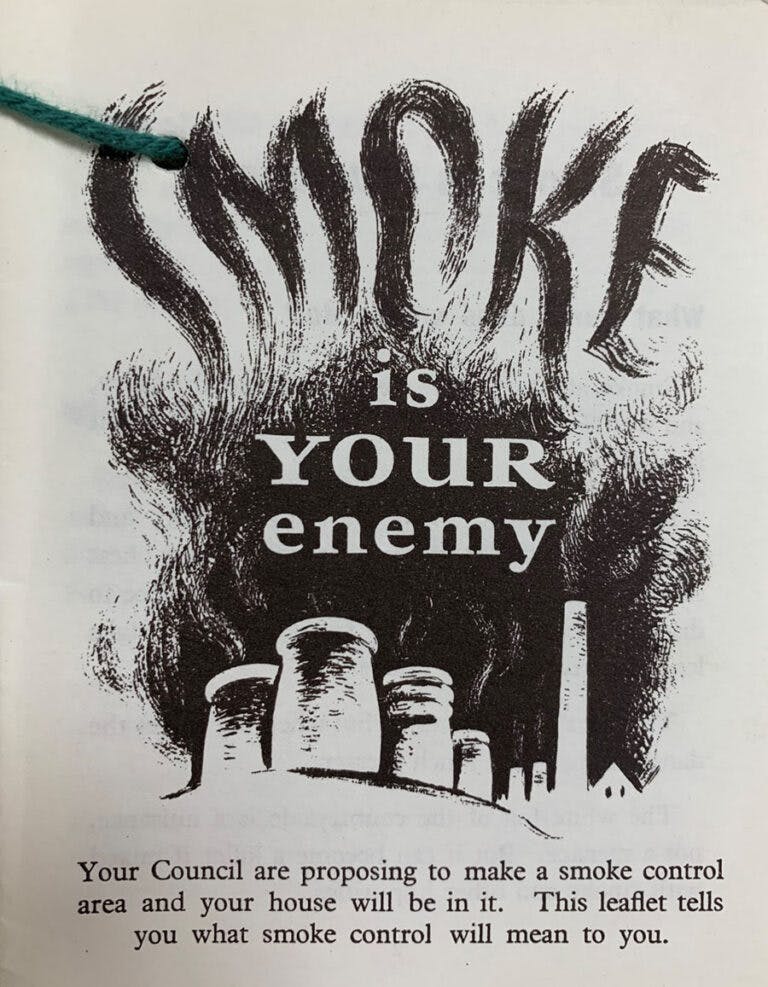
The Setting of the Fog
On December 5, 1952, a dense fog covered London, making it difficult to see famous historical landmarks like Big Ben and the tower of London. As the day went on, the fog turned a strange yellow-brown color. This was because of all the smoke from coal fires, factories, and diesel buses mixing with the fog. London had seen smog before, but never as thick and toxic as this “pea souper” as it was latter dubbed by the locals.
The smog was caused by a unique combination of weather factors, like a high-pressure system that trapped cold air and pollution close to the ground. There was no wind to blow the smog away, so it just hung around, creating a huge, 30-mile-wide cloud full of sulfur particles that smelled like burnt matches and rotten eggs.
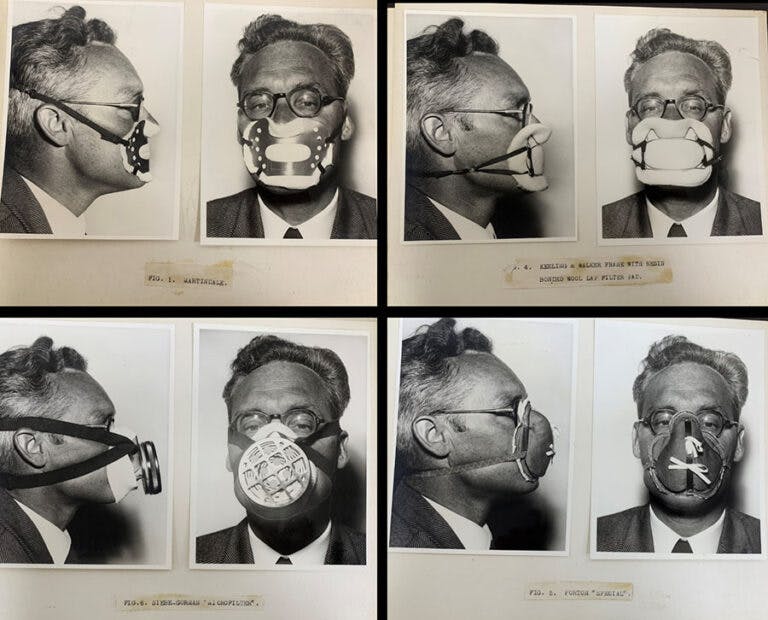
City at a Standstill
For five days, London was at a standstill. During the Great Smog of London, visibility was so poor that people couldn’t see their own feet when they walked. Planes couldn’t fly, trains were canceled, and boat traffic on the River Thames came to a halt. Drivers had a hard time getting around to the point where there are stories of passengers walking next to the vehicles to help avoid obstacles like side walks and pedestrians. Sound was was muffled, making it hard for pedestrians to hear oncoming traffic. Even the city’s famous double-decker buses needed help from conductors with flashlights.
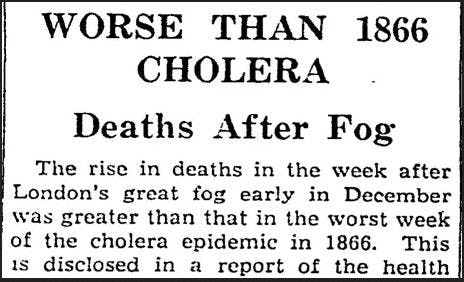
Death Toll Rises Fast
The Great Smog took a toll on people’s health, especially older folks, young children, and those with breathing problems. At first, it was reported that 4,000 people died because of the smog, but recent studies suggest the number could be as high as 12,000.
Life in London during those five days was pretty wild. Crime rates went up, outdoor events were canceled, and everything got covered in a greasy grime. People even had to wear smog masks, which they bought at local pharmacies.
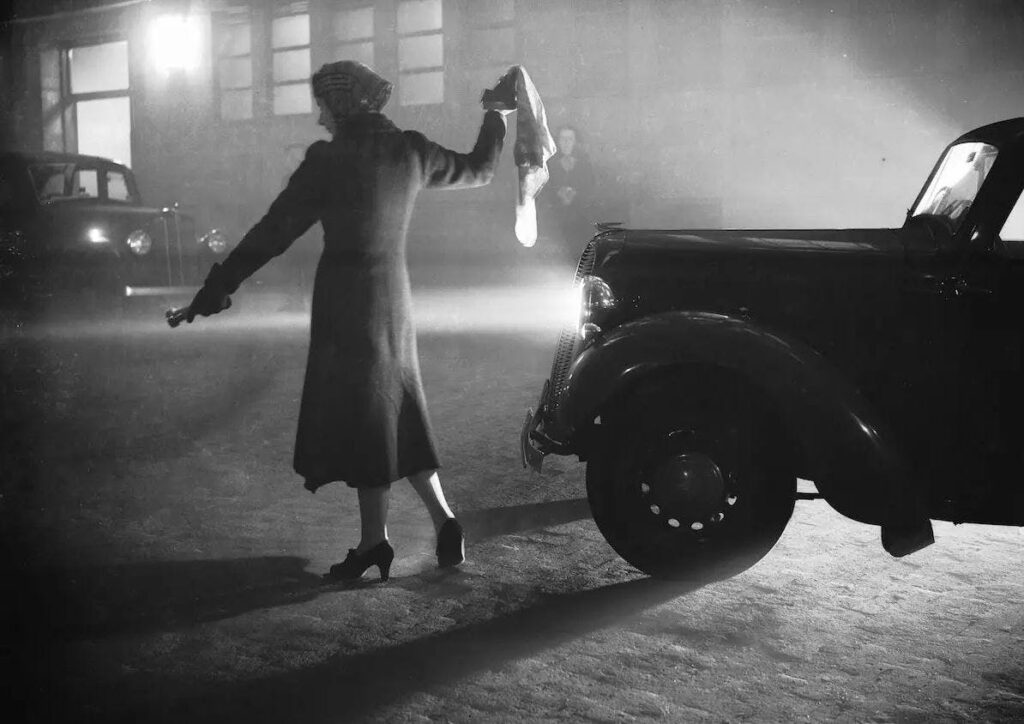
The Fog’s Impact on Environmentalism
Finally, on December 9, a strong wind blew the smog out to sea, and life started to get back to normal. The British government eventually decided to do something about the pollution problem. In 1956, they passed the Clean Air Act, which limited the use of coal in the city and created smoke-free zones. They also gave homeowners money to switch from coal to other heating sources, like gas, oil, and electricity.
Although it took some time, the Clean Air Act made a big difference. The Great Smog of London and the subsequent Clean Air Act was a turning point for environmentalism. It helped improve public health in Britain and around the world.
The Great Smog of London is an important reminder of why we need to take care of our environment. As we face challenges like climate change and pollution in cities worldwide, remembering the lessons we learned from these historical events is more important now than ever.
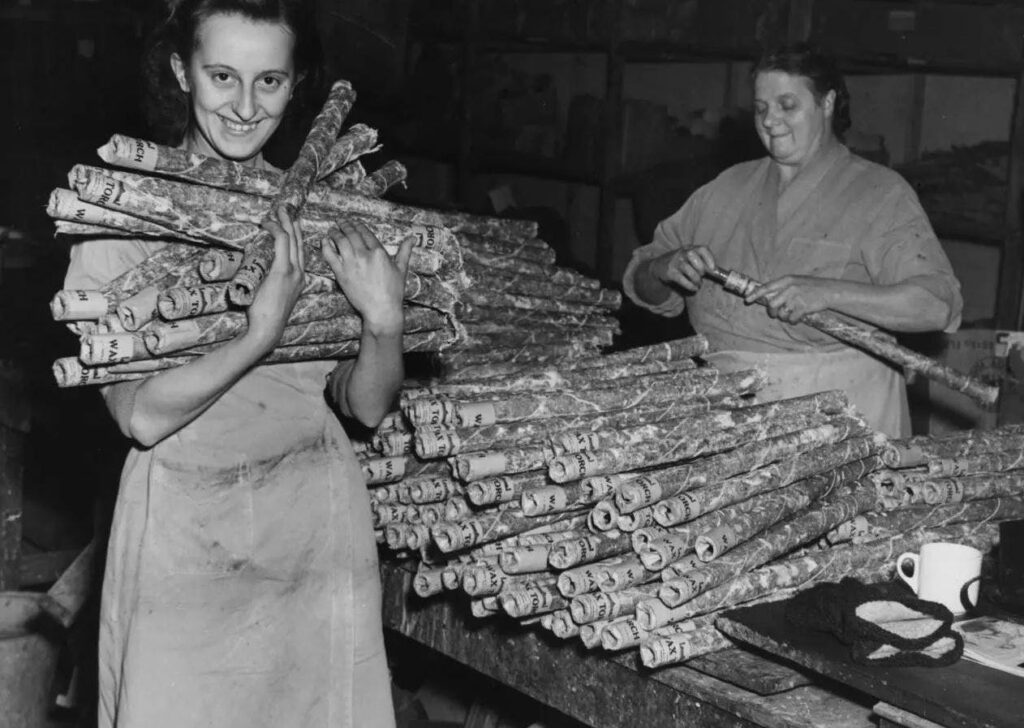
“I was listening to the wireless this morning, where they described this fog as an act of God. “
Queen Elizabeth’s character in “The Crown” episode: ‘Act of God’



